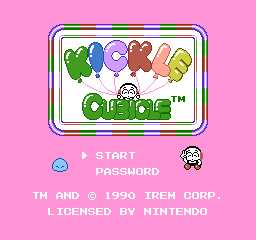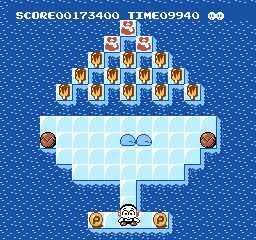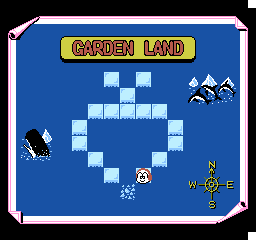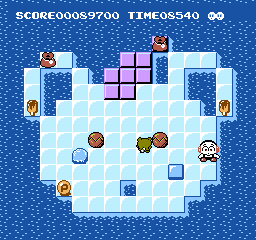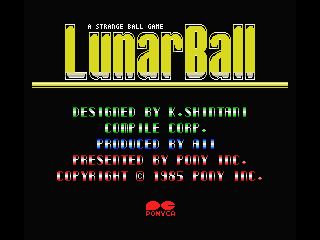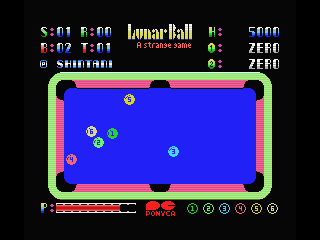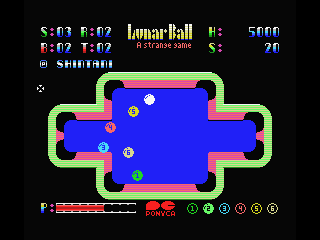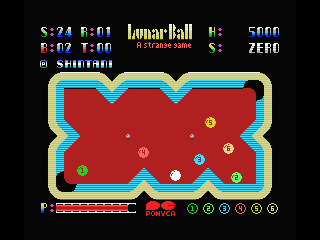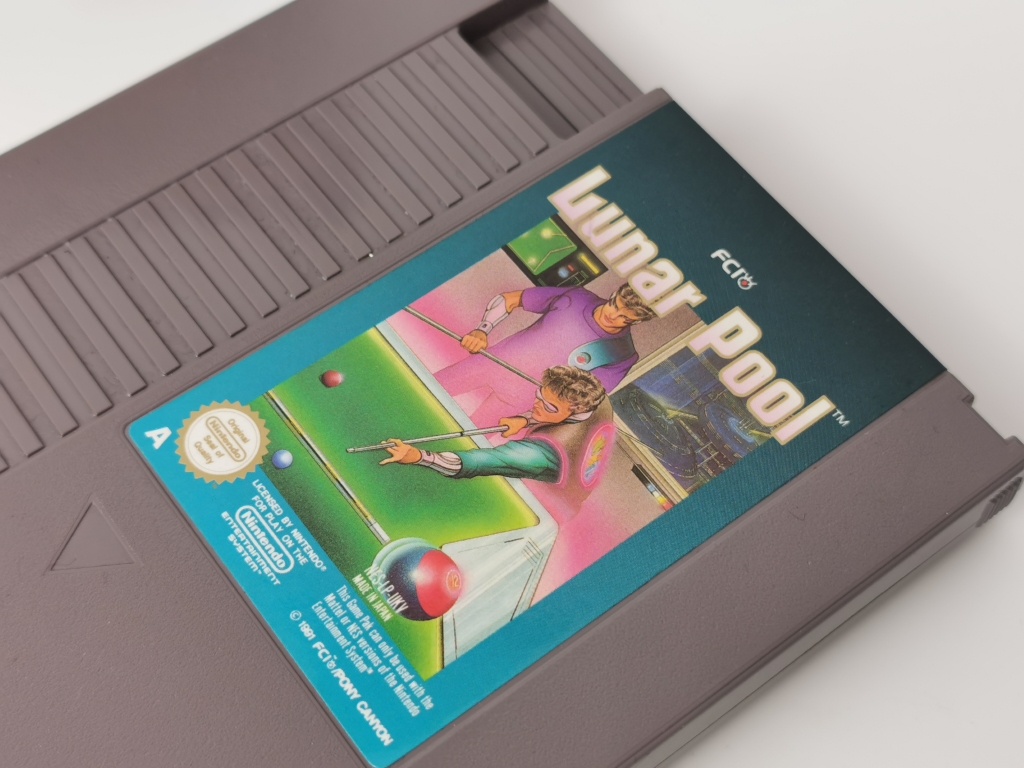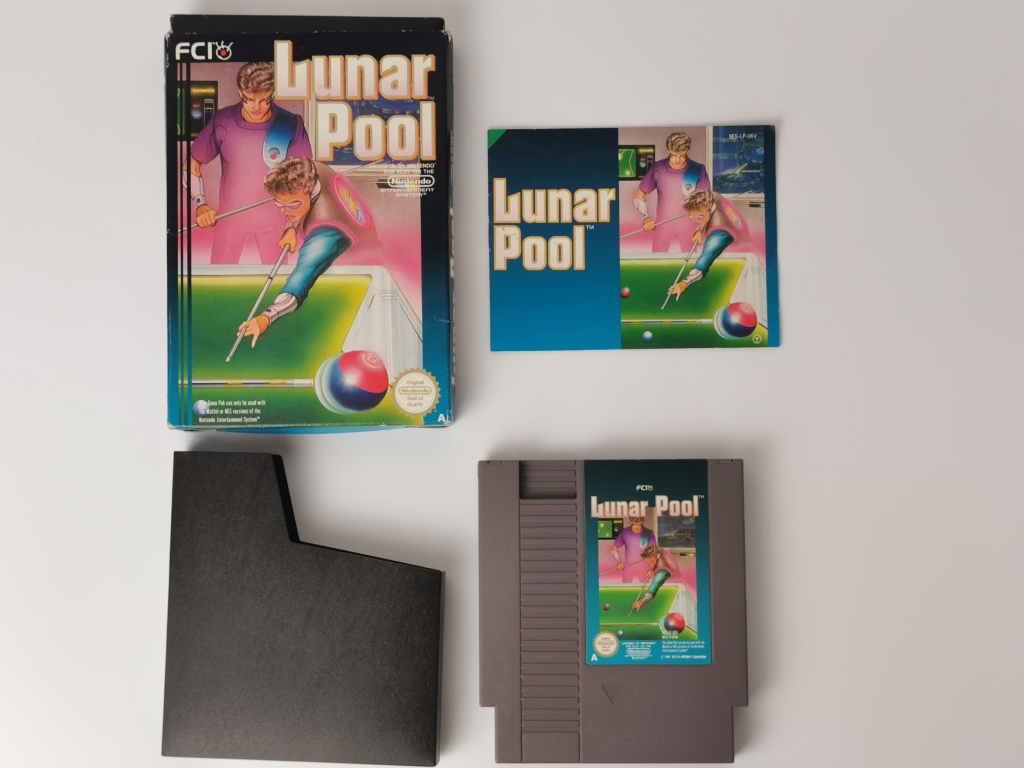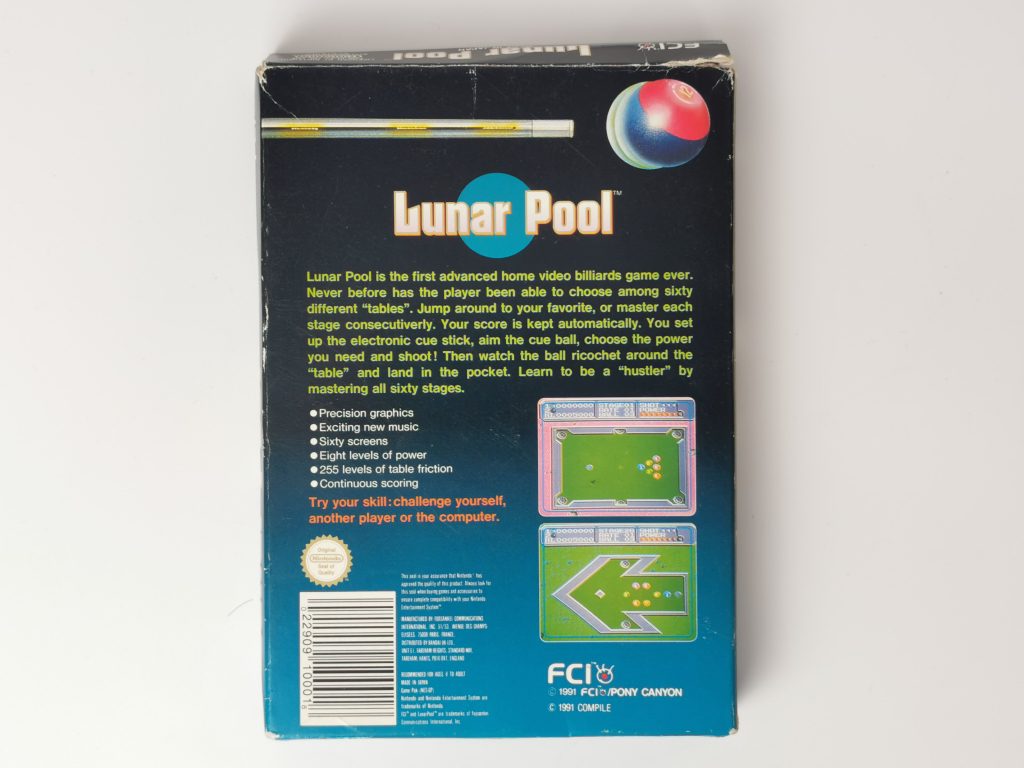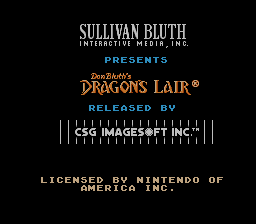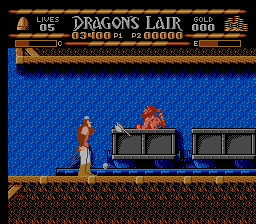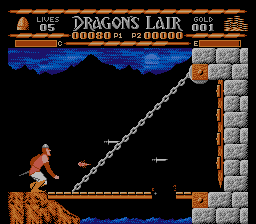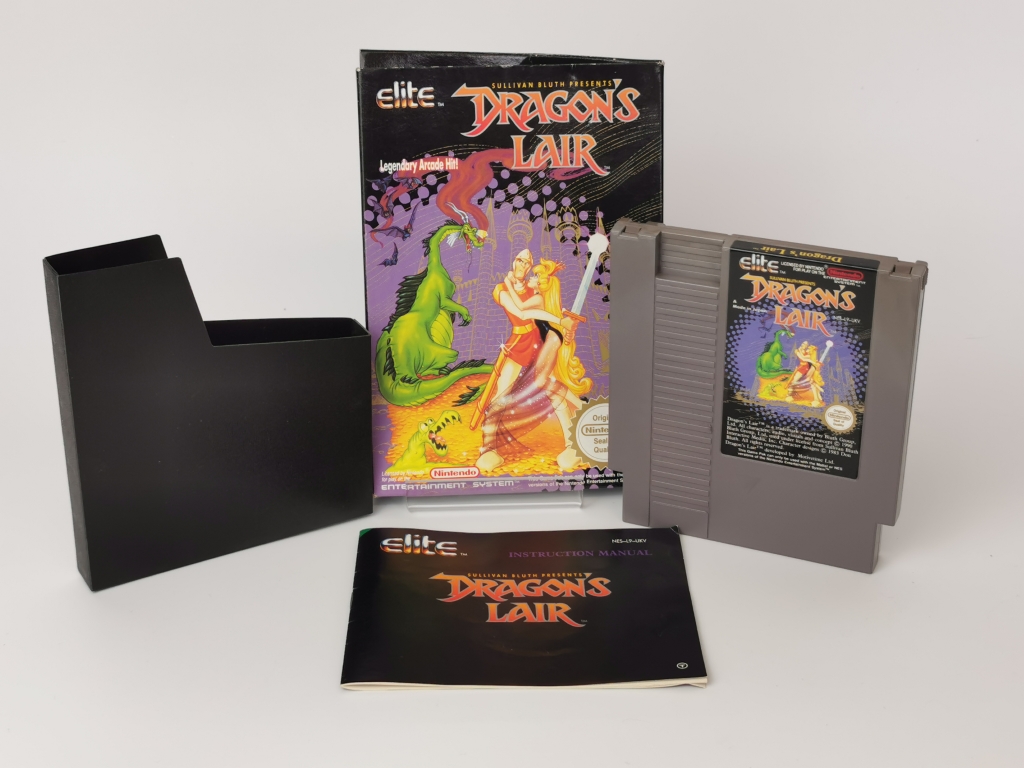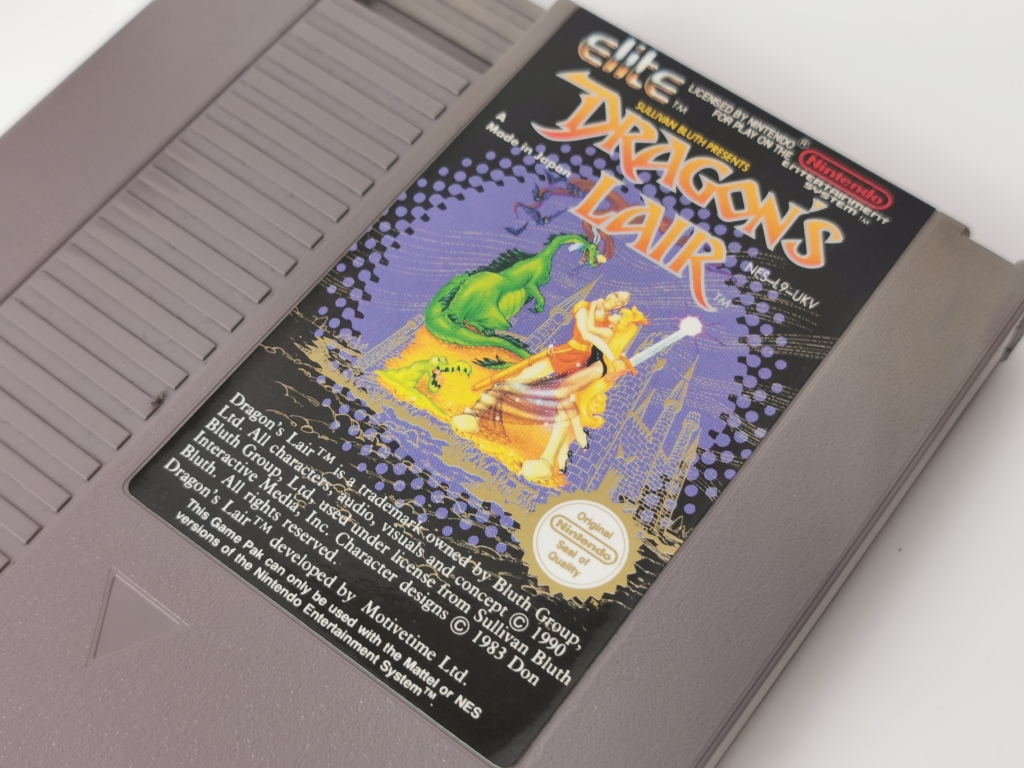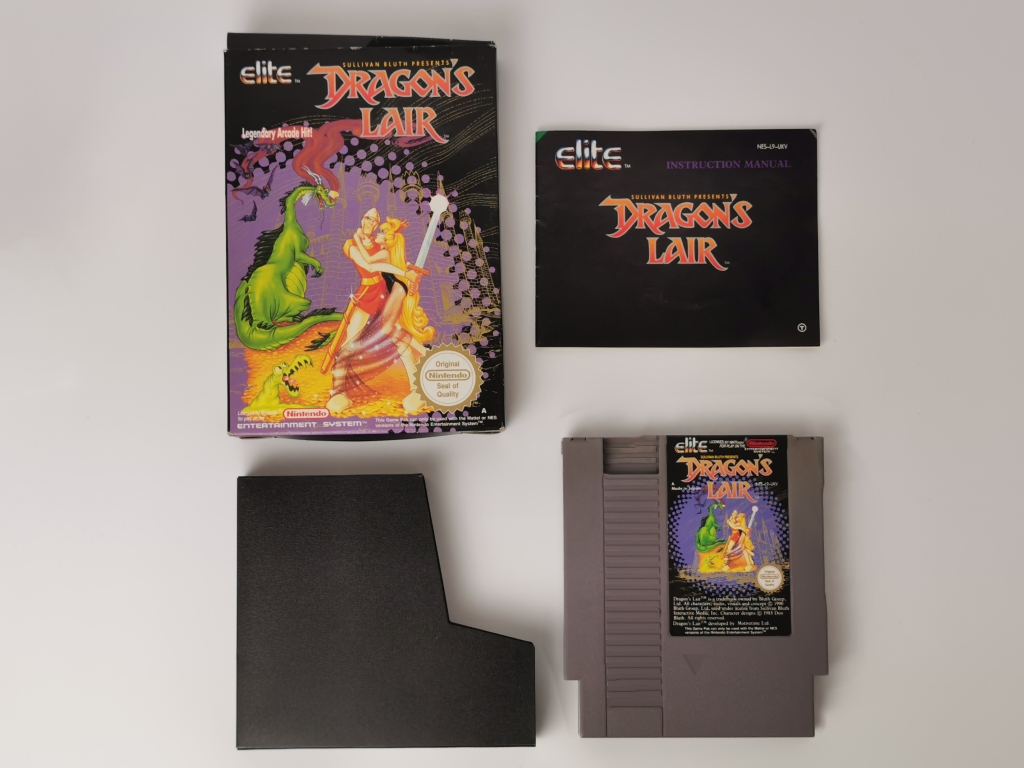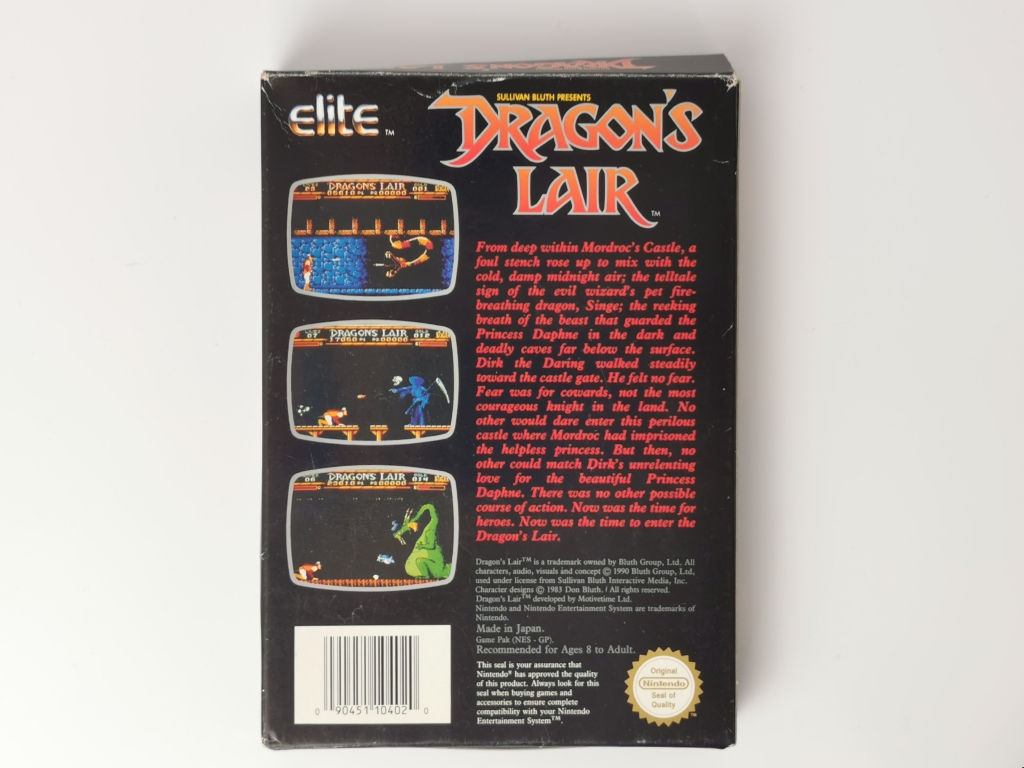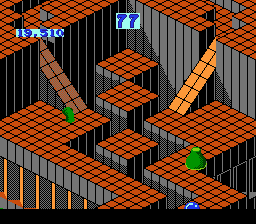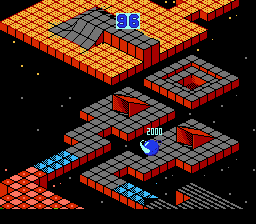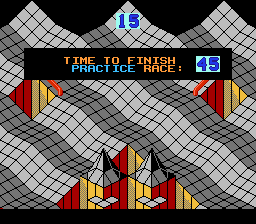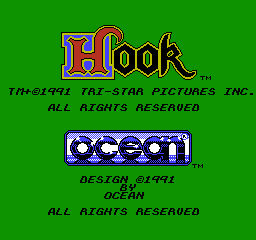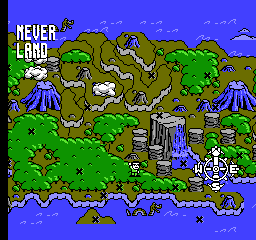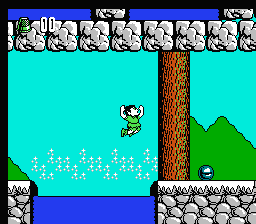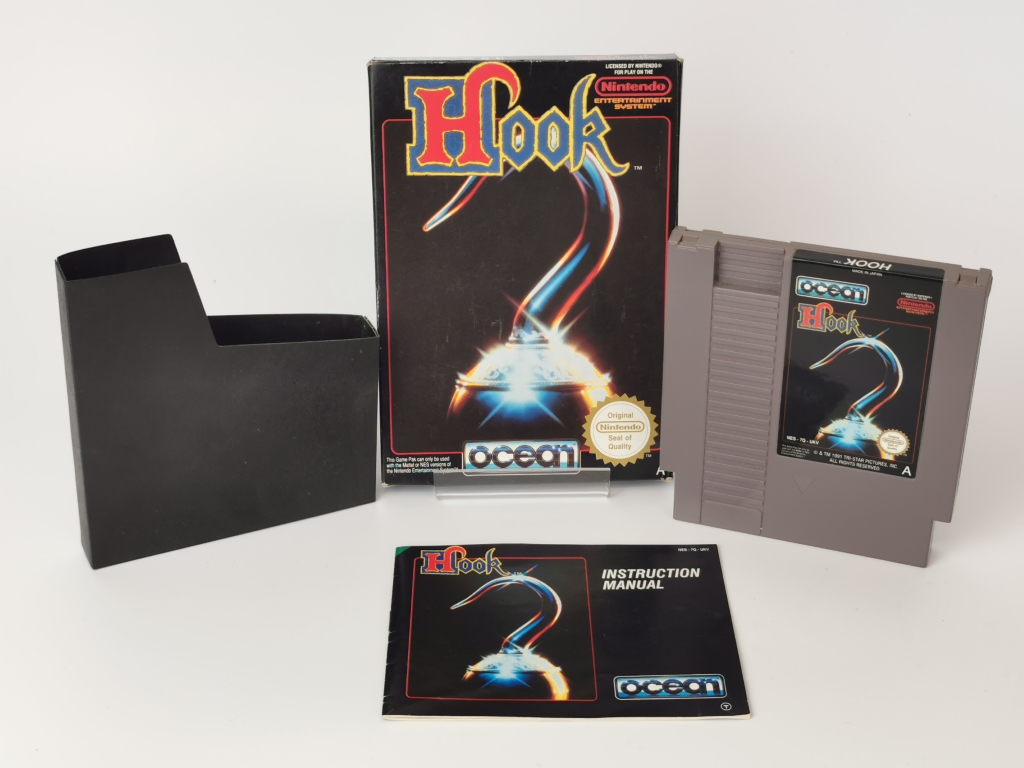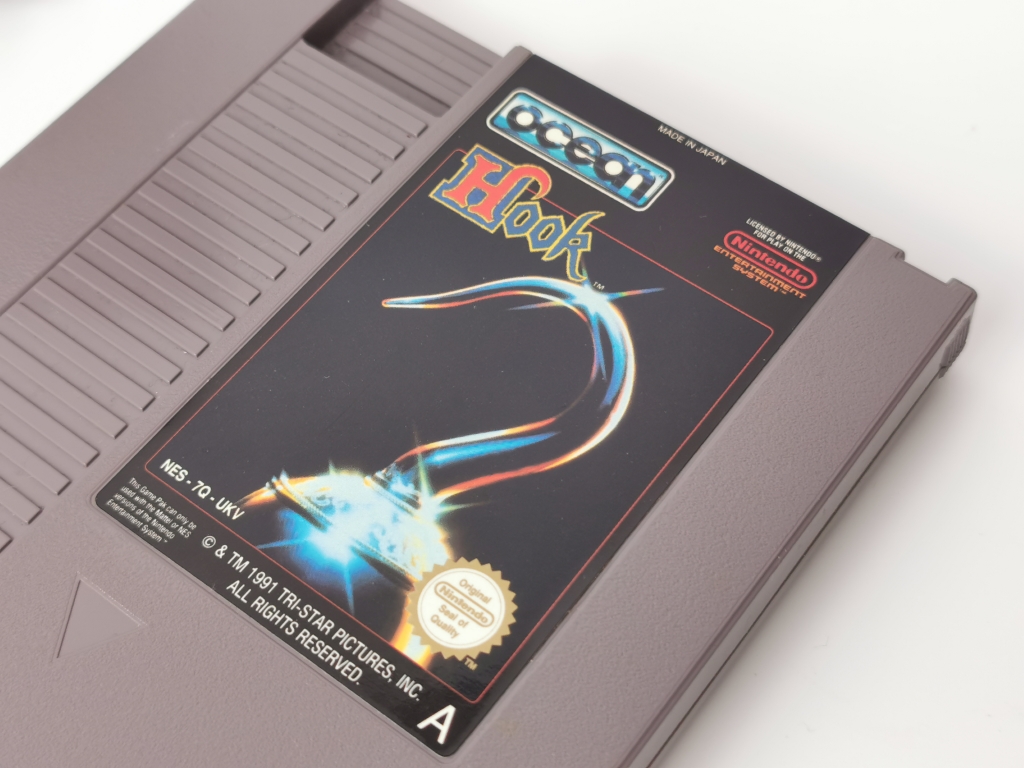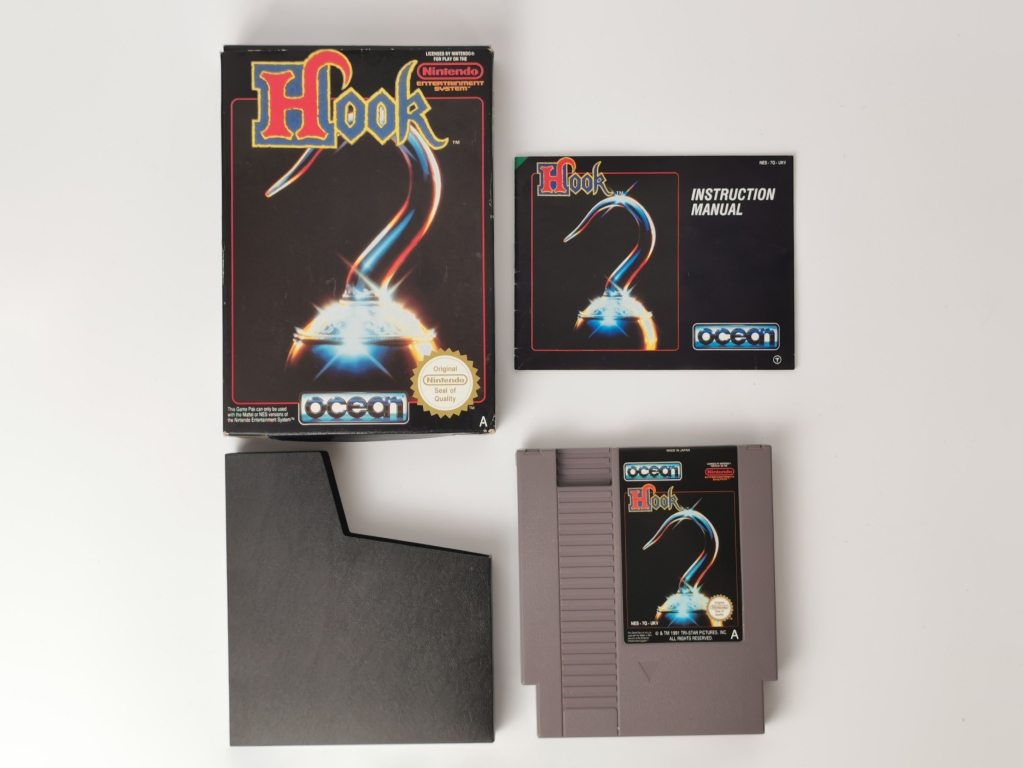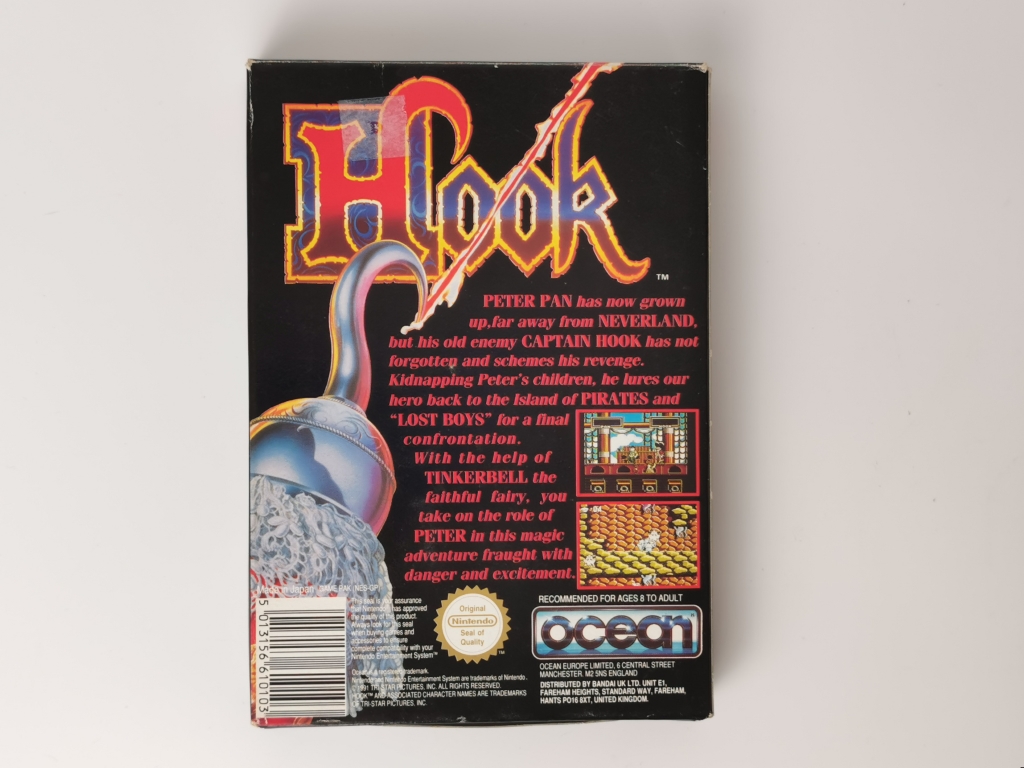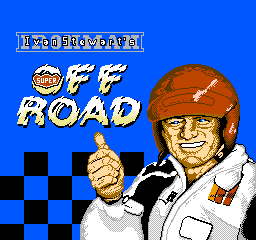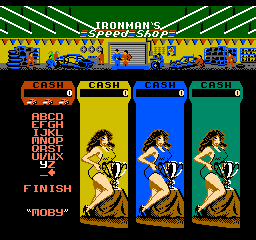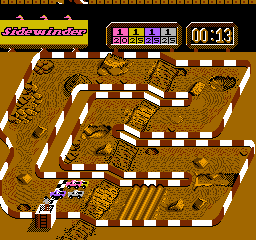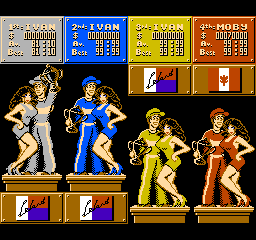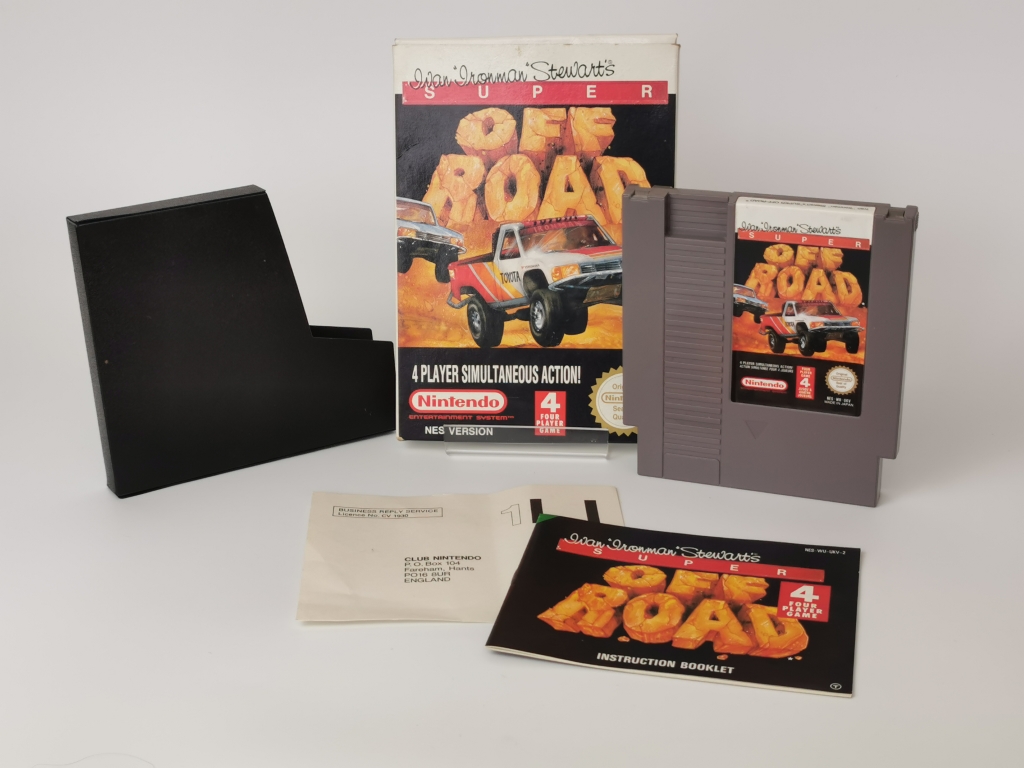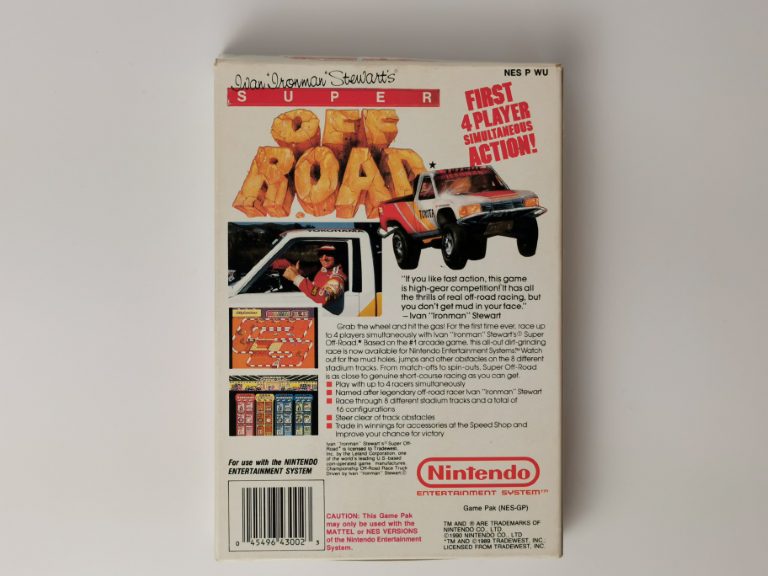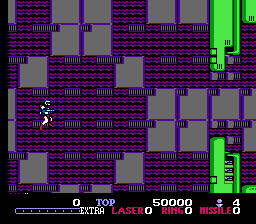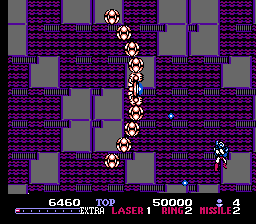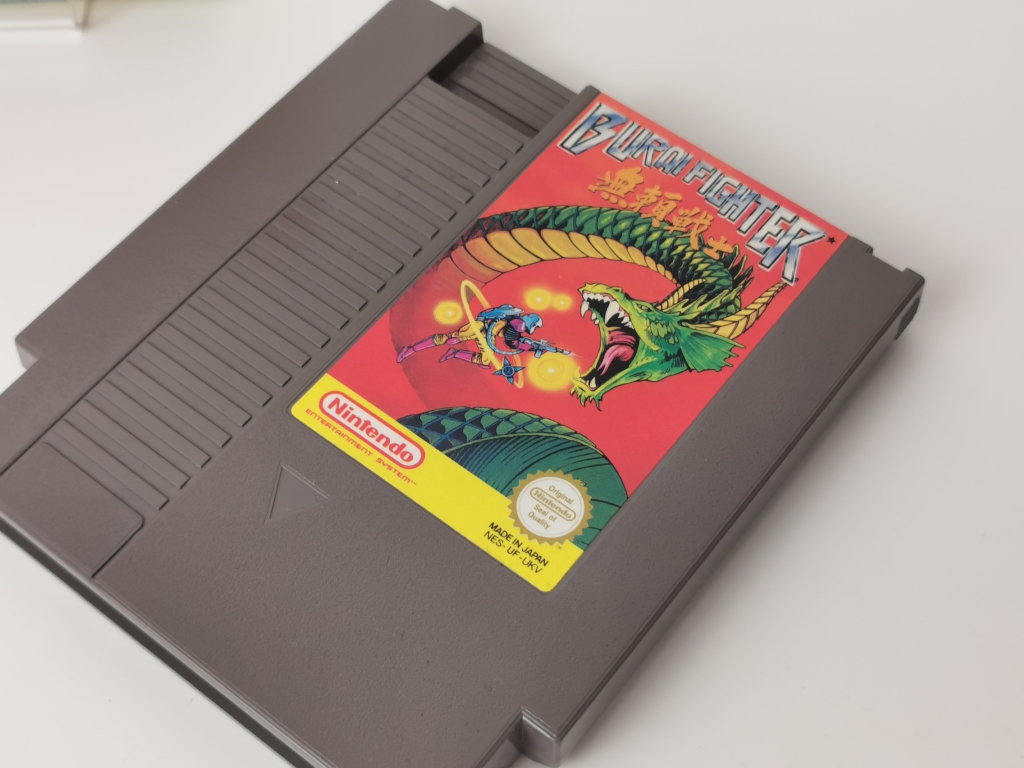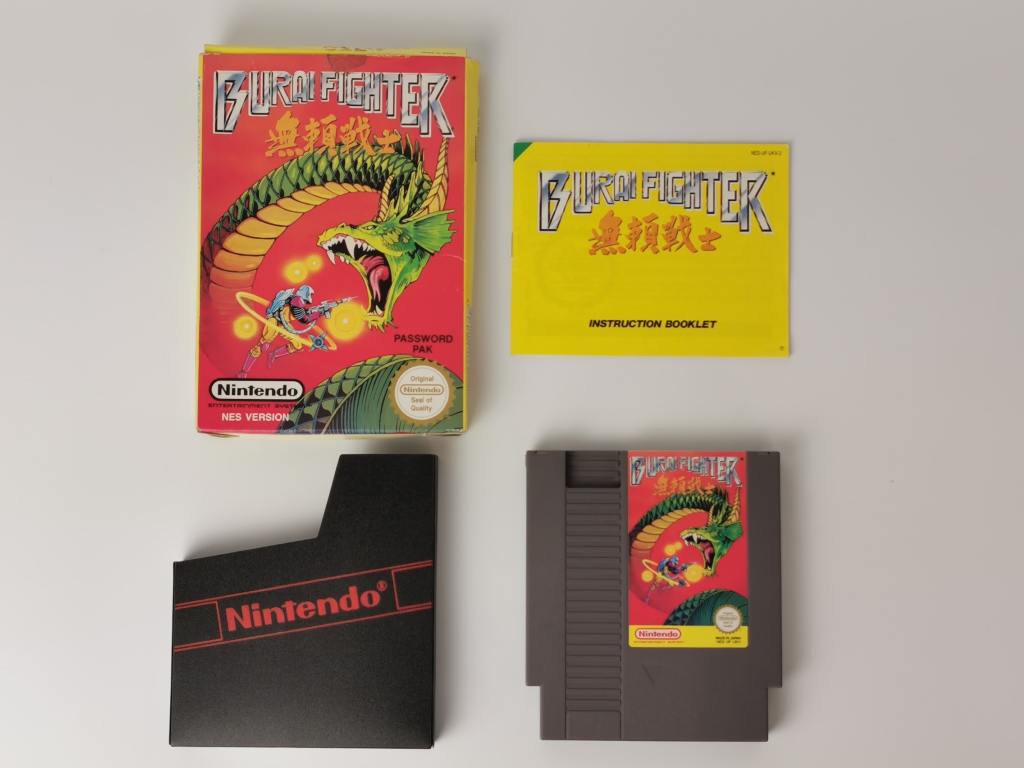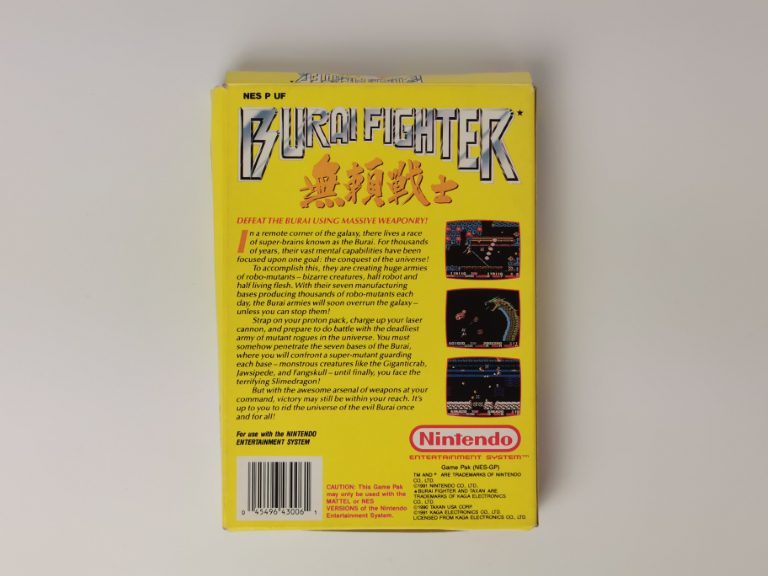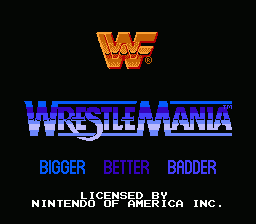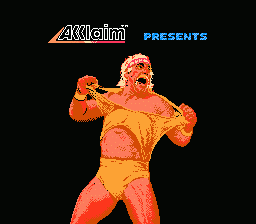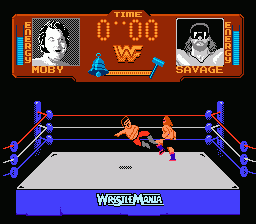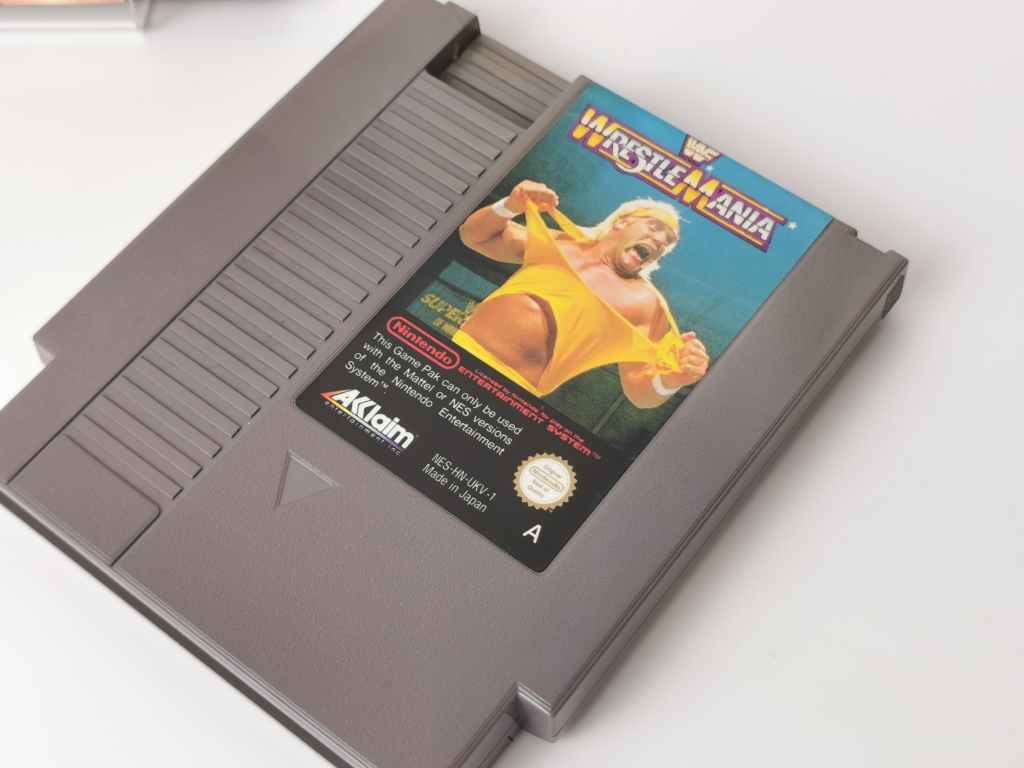Kickle Cubicle (1990)
Kickle Cubicle is a sliding puzzle game in the vein of Adventures of Lolo where the Wicked Wizard King covered the kingdom with ice and hid the people and palaces deep within the ice.
Armed with his freezing breath, Kickle sets out to save his friends and attempts to rescue the kingdom from this puzzling predicament of perpetual winter.
Each level has a fixed time limit and enemies that will try and block your progress. The four lands (Garden, Fruit, Cake and Toy) have 17 or 18 puzzles in each. Beat all of those and there is a Special Stage with 30 more challenging puzzles.
Your main options are to move, make a block of ice and slide a block of ice.

Lunar Pool (1985)
Lunar Ball is a futuristic pool simulation with space age balls and tables. There are 32 different tables set ups to practice your skills on. Unlike normal pool, the tables are designed in several different shapes and sizes, in a miniature golf fashion. You can practice your skills alone or go head to head with another player.

Dragon’s Lair (1990)
The NES version for Dragon’s Lair brings Dirk the Daring in a side-scrolling game, different from the interactive movie gameplay common to the other games under the same license.
Once again, Dirk is up to rescue Princess Daphne from the evil dragon Singe. To do so, Dirk will throw weapons such as knives, axes, or fire balls at various enemies, including dragons, bats, snakes, the Lizard King (who will steal gold from him), etc. He will also do a lot of jumping and ducking to avoid threats along his way, such as falling bridges, presses, spikes and holes on the floor. To complete a stage, all he has to do is to get to the end of it alive.
At the end of some stages, Dirk will take an elevator that will lead him to other stages. The elevator makes short stops at some platforms, and you have to decide if Dirk will jump onto that platform or another. If he takes the wrong platform, he may go back to a previous stage and go through it all over again. From the elevator, Dirk can also get to a bonus level, the Lizard King’s throne room, where he can try to recover the gold the King has stolen from him.
Although Dirk has a life bar, he will instantly die when taking damage from most of the threats. He also has a “candle bar”, which is used (by pressing the start button) to light up dark places and to discover hidden items at specific locations.
The game can be played by two players taking turns. The PAL version has faster gameplay, additional enemies (including level bosses), death animations and splash screens in between the levels.

Marble Madness (1989)
The idea of this arcade game is deceptively simple: Guide a marble down a path without hitting any obstacles or straying off the course. The game is viewed from an isometric perspective, which makes it harder to stay focused on the direction the ball is to follow. There are tight corridors to follow and enemies to avoid. There is a 2-player mode in which players must race to the finish; otherwise you’re racing against the clock.

Hook (1992)
In Hook, based on the 1991 film by Steven Spielberg, the player controls Peter Pan who is trying to rescue his children from Captain James Hook. This version differs from the version of the game by Ukiyotei. While also a platformer, the title by Painting by Numbers also includes flying levels as well as one-on-one fight scenes.
From a map of Neverland, the next level to be played can be chosen via a compass-like pointer. Depending on which ones are tackled first, different paths through the game open up, but all levels must be completed before Hook can be confronted on his pirate ship. The locations include caves, forests, lagoons, towns and icy landscapes.
Before each level, the fairy Tinker Bell will offer some advice on the goals and challenges to follow. The main goal in every stage is to collect a number of items, like cakes, cherries, coins or peaches, and sometimes a special item like a clock, a tooth and a musical horn. Only when all items have been picked up the level exit will open. Between Peter and the exit there will be various enemies, depending on the type of level: pirates, ghosts, dragons, monkeys, snowmen and many more. To defend himself, Peter can use a sword. Once he has picked up some thimbles, Tinker Bell will start following him, and by using up a thimble he can also send out the fairy to attack. Collecting marbles is also important, as these allow Peter to float along pixie dust, which allows him to reach areas otherwise out of bounds. Lost health is replenished by picking up food.

Ivan “Ironman” Stewart’s Super Off Road (1990)
Enter the world of off-road racing as 4 vehicles will face each other, on a series of tracks which are based around flipped and reversed versions of a core selection. Fame, glory and bikini clad women await your victories and the taste of dirt awaits if you fail. Let a computer car beat you and you lose one of your 3 credits.
Successful races bring more money, which can be used to soup up their machine. Boosts to top speed, grip and acceleration can be purchased, and your nitro boost must be kept topped up. If you are desperate for upgrades, you can buy into your spare credits.
Only your off-road driving abilities will be enough to pull you to first place in these races. Play alone or with up to 3 other players (depending on the version) in this classic arcade game.

Burai Fighter (1990)
The Burai, a race of evil super-brain aliens, have launched their plan to conquer the universe with their army of half-organic, half-robot creatures — the robo-mutants. It’s up to you to stop them! Strap on your jet pack, and get ready to become the ultimate Burai Fighter.
Burai Fighter is an arcade shooter with two modes of play. Most levels are side- and vertical-scrolling with pre-designed layouts. A few levels are different, though: top-down perspective, with a randomized layout. Either way, you’ll be armed with a variety of weapons, including different guns (laser, missile, ring) and the powerful cobalt bomb which kills everything onscreen.
Burai Fighter uses a slightly different gameplay mechanic when compared to other shooters. You can shoot in 8 directions, and when you hold down the fire button you keep shooting in that direction.

WWF Wrestlemania (1989)
WWF Wrestlemania is a wrestling game using the World Wrestling Federation (WWF) license. The game features six popular WWF wrestlers:Hulk Hogan, André the Giant, “Macho Man” Randy Savage, The Honky Tonk Man, Bam Bam Bigelow, and “The Million Dollar Man” Ted DiBiase.
All the wrestlers can execute basic punches, kicks, and headbutts; turnbuckle moves and bodyslams can only be performed by particular wrestlers. Different wrestlers may use different moves with varying frequency, reflecting the preferences of their real-life counterparts. Wrestlers might also become angry (turning red on the screen), entering a rage state during which their attack power improves. Character-specific health power-ups will sometimes appear on the ring, and can be collected by corresponding wrestlers.
The two gameplay modes include a single exhibition match (one player versus the computer or two players against each other), and a tournament. In a single player tournament, the player chooses one wrestler and must defeat the other five in a series of matches to win the championship. In a tournament with up to six player-controlled wrestlers, each wrestler faces every other wrestler one time, for a total of fifteen matches.


